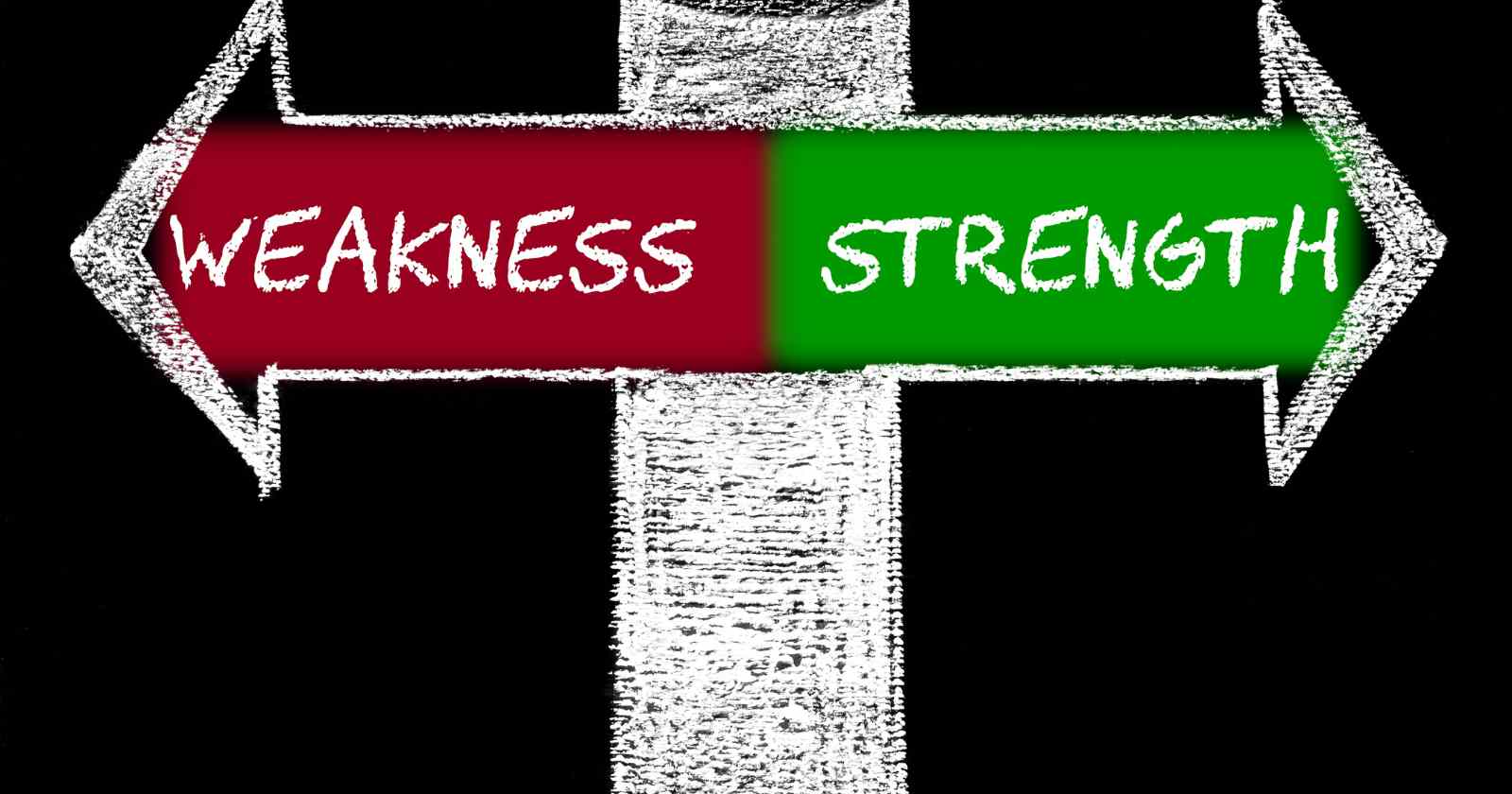Once upon a time in the heart of Renaissance Rome, there lived a sculptor whose work in a small, almost forgotten chapel, would centuries later whisper the profound truths of humility and dependence on God. This sculptor was commissioned to create a statue of Mary, not for the grand basilicas, but for a community of the poor, those often overlooked by the Nobility and aristocracy of the city. Giovanni poured his soul into the marble, but as fate would have it, the piece cracked, seemingly ruining his entire creation. In despair, he considered abandoning his craft, feeling unworthy. But it was in this moment of surrender, he claimed he heard a voice, “In your weakness, I am made strong.” Inspired, he completed the statue, incorporating the crack as part of Mary’s garment—a flowing robe that spoke of beauty emanating from imperfection. This masterpiece became a beacon of hope, reminding all who saw it that our flaws are not signs of failure, but opportunities for God’s grace to shine through.
This story, though a fragment from the past, mirrors the poignant lessons from the parable of the widow and the unjust judge in Luke 18:1-8. The widow, with nothing but her persistence, stands as a testament to the power of humility and complete reliance on God. In her, we see not weakness, but a profound strength born of trust in God’s provision and justice.
The parable and our story together illuminate the path of theosis—our journey towards union with God through humility and dependence. As St. Theophan the Recluse, a sage of the Orthodox Church, eloquently put it, “To pray is to descend with the mind into the heart, and there to stand before the face of the Lord, ever-present, all-seeing, within you.” This profound insight invites us to consider that humility and dependence on God are not passive resignations but active engagements with the Divine Presence within.
The sculptor’s experience and the widow’s persistence beckon us to a life of surrender—not as defeat, but as an opening to the boundless strength and provision of God. In our struggles and challenges, when we feel cracked and broken, these stories remind us that it is precisely in these moments, God’s grace works most powerfully. Our flaws and failures, much like the crack in the statue, can become the very channels through which God’s glory and love are most vividly displayed.
In our journey of faith, we may encounter moments of profound doubt and vulnerability. These are not moments to shy away from but to embrace with courage. They are divine invitations to deepen our trust in God, to let go of our illusions of control, and to allow His will to be done through our lives. This act of surrender is the gateway to true freedom and peace.
Let us then, inspired by the widow’s example, approach our lives with a heart of humility, ready to trust in God’s mysterious ways. For in surrendering our struggles and challenges to Him, we open ourselves to the infinite possibilities of His grace, transforming our imperfections into testimonies of His unfailing love and mercy.


